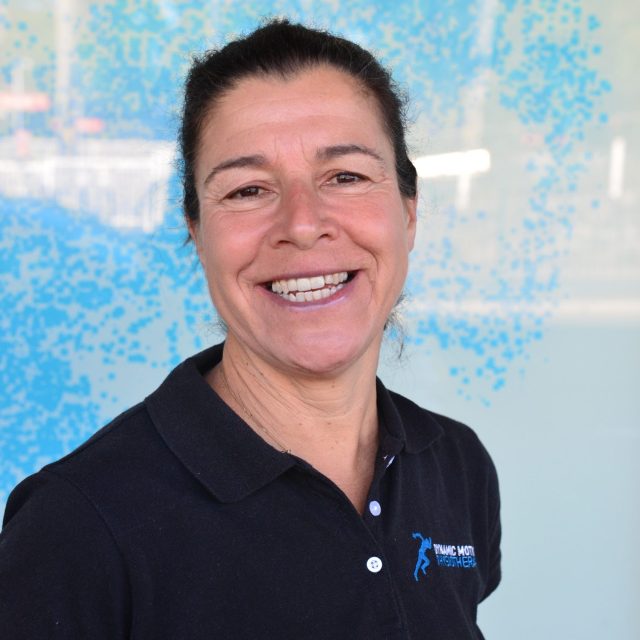McKenzie Method
The McKenzie Method is used by clinicians for treatment of back, neck and extremity problems. It is the most researched and used form of physical therapy worldwide.
The McKenzie Method is based on active patient involvement. This includes education and advice regarding the nature of the underlying condition and also, exercises which the patient performs on their own. A comprehensive initial subjective and ofjective assessment is used to reach an accurate diagnosis. Expensive tests are not usually necessary. An initial assessment, when done by a Credentialed McKenzie Therapist, can reliably determine whether abnormalities which show on an MRI are symptomatic.
Once the diagnosis has been made a treatment plan is then formulated based on assessment findings. This usually consists of one or two specific exercises given to the patient with the aim of reversing symptoms and promoting recovery.
An important part of the treatment plan is the advice given to the patient, educating them on how to prevent the constant aggravation of symptoms which will allow healing to take place.
The Emphasis is on patient education and self management. This makes it time and cost effective for the patient.
The aim of the treatment is to:
- Eliminate symptoms
- Restore full function
- Prevent recurrence
Three Steps
Assessment
Unique to the McKenzie Method is it’s thorough history taking process, analysis of movements and pain responses.
This thorough comprehensive assessment evaluates the problem quickly. It is not dependent on expensive tests and invasive procedures. Pain response patterns are then used to formulate treatment. The most common and favourable finding is centralisation of symptoms, in response to a movement or position. This has been well documented and researched as a good prognostic sign.
Objective and subjective assessment findings will determine whether the problem is mechanical or whether it falls into another category such as an inflammatory condition, chronic pain or serious pathology. Such problems are often unsuitable for therapy and other forms of management can then be discussed.
Treatment
The McKenzie method takes advantage of the patients own movements to change the pain. Treatment usually consists of one or two specific exercises based on pain responses during the assessment findings which give a directional preference. This becomes the basis for choosing the correct exercises. These exercises, or movements, are used to abolish pain and restore function. Patients are usually seen for 3-6 visits by which time they can either self manage or will be given advice regarding other options.
An important part of the treatment is to give the patient advice on how to prevent postures and movements that will constantly aggravate their symptoms and slow recovery.
The McKenzie Method is not just extension exercises which is a common faulty assumption. Exercises used as a treatment technique will be based on the directional preference, and could be flexion, rotation or more commonly, extension.
Advanced hands on techniques are administered when necessary.
Prevention
Patients are given the knowledge to minimise risk of recurrence and to deal with an onset of symptoms in the future if they should occur.
Acute and chronic conditions are suitable for assessment and treatment.
Meet our McKenzie Therapists

Jacqueline Walford
Jacqueline Walford
Jackie trained as a physiotherapist in Birmingham, UK qualifying in 1987. She worked in London before immigrating to Australia in 1995. After working for another private practice for 7 years Jackie decided to start Berowra Physiotherapy in 2003. This was also the year she took the exam to become a credentialed McKenzie therapist.
Jackie has also completed level 2 sports course and regularly attends post graduate seminars and courses. Jackie takes a very functional approach to treatment seeing it as a partnership between therapist and patient and keeping exercises simple and manageable.
